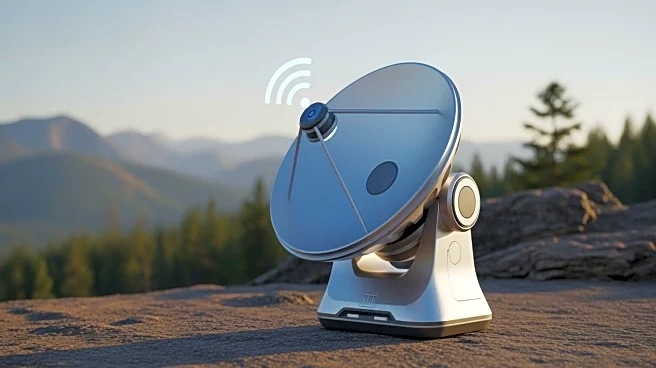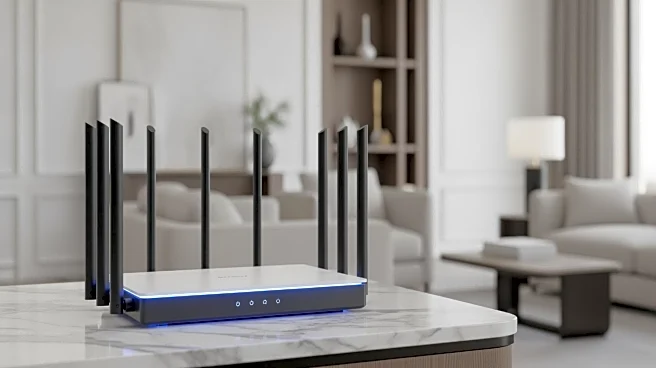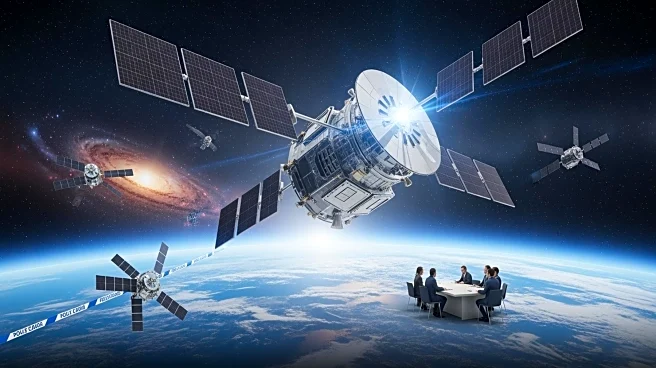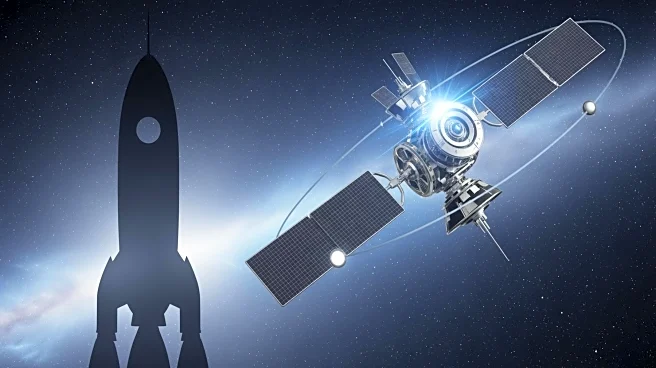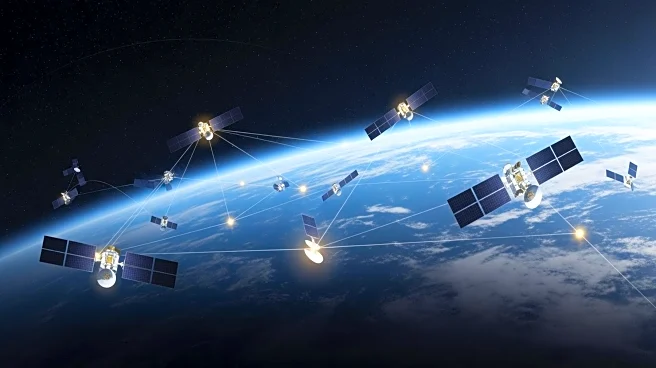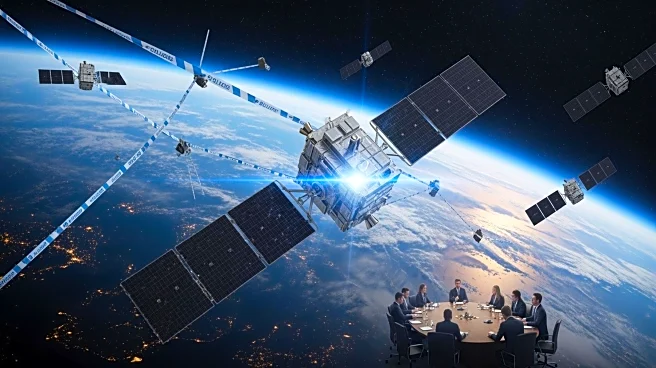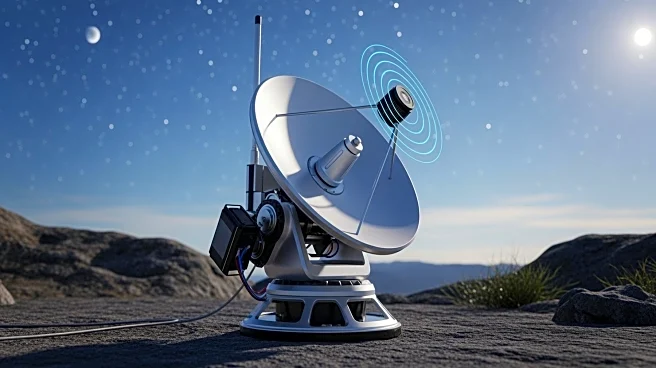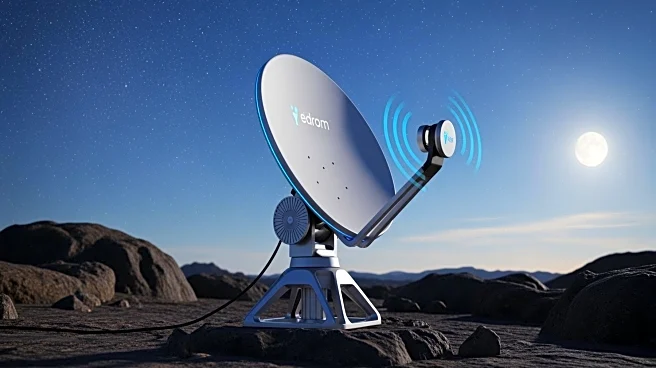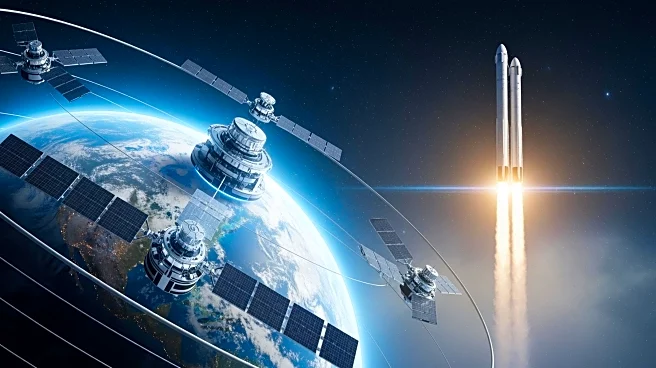What's Happening?
Starlink Mini, a portable satellite internet service, is being tested for its ability to provide high-speed internet in remote locations. The device, which is part of Starlink's Roam plans, is designed for on-the-go internet access and is particularly
useful in areas without traditional broadband infrastructure. The Starlink Mini dish is lightweight, weighing just over 3 pounds, and can be powered by a portable battery, making it feasible for use during hiking or camping trips. However, the device requires a clear view of the sky to function properly, as obstructions like trees can block the signal. The setup process involves using the Starlink app to find an optimal location and establish a Wi-Fi network. Despite its portability and ease of setup, the Starlink Mini faces challenges such as power consumption and data limits, with a 50GB monthly cap on its Roam plan.
Why It's Important?
The introduction of the Starlink Mini highlights the growing demand for reliable internet access in remote and rural areas. This technology could significantly impact individuals who travel frequently or live in areas with limited connectivity options. By providing internet access in locations where traditional broadband is unavailable, Starlink Mini could bridge the digital divide, offering new opportunities for communication, work, and entertainment. However, the device's limitations, such as its susceptibility to obstructions and high power requirements, may restrict its usability in densely wooded or off-grid areas. Additionally, the cost of the service, particularly for unlimited data, may be prohibitive for some users, potentially limiting its adoption.
What's Next?
As Starlink continues to expand its satellite network, improvements in connectivity and coverage are expected. This could enhance the performance of the Starlink Mini, making it more viable for a wider range of users. The company may also explore ways to reduce power consumption and increase data limits to make the service more appealing. Feedback from users in diverse environments will likely inform future iterations of the product, potentially leading to more robust solutions for portable internet access. Additionally, as competition in the satellite internet market grows, Starlink may face pressure to adjust pricing and service offerings to remain competitive.
Beyond the Headlines
The deployment of portable satellite internet like Starlink Mini raises questions about the environmental impact of increased satellite launches and the potential for space debris. Furthermore, the reliance on satellite technology for internet access could lead to discussions about data privacy and security, as well as the ethical implications of expanding digital connectivity into previously disconnected areas. As more people gain access to the internet in remote locations, there may be cultural shifts and changes in how communities interact with the digital world.
